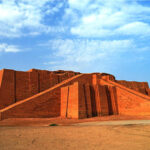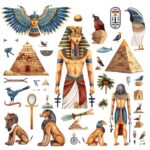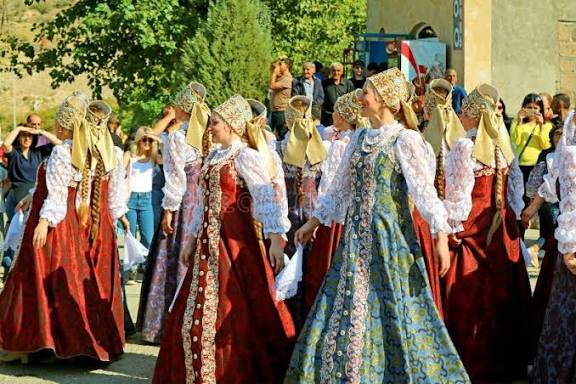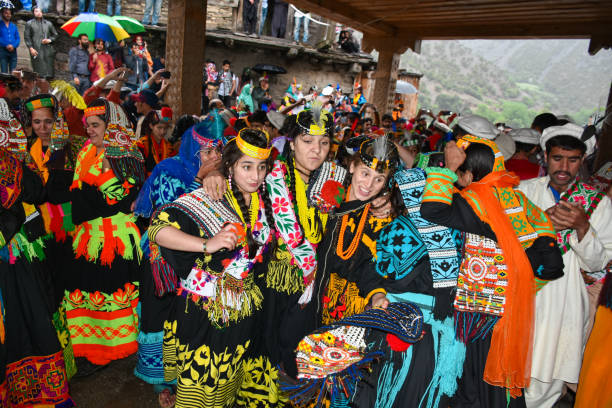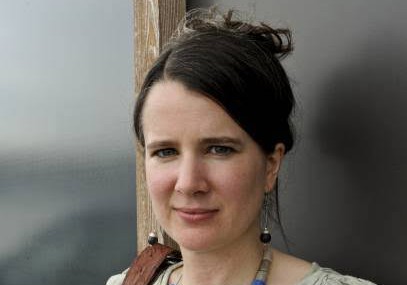Culture is the way of life, movement, and social psychology of any nation. It also includes civilization, trade, and commerce.
French Culture
The French culture is a strange, unique, and perfect culture. People here do not only eat food. Instead, they consider it an art and a social experience. In other words, they do not only fill their stomachs with food, but they also treat it as an art and learn from it.
French people always drink wine with food. Wine is an important part of their culture. They enjoy food in different ways. Lyon dishes, Provence herbs, Brittany seafood, and cheese are important in French cuisine. The French consider wine an essential part of life.
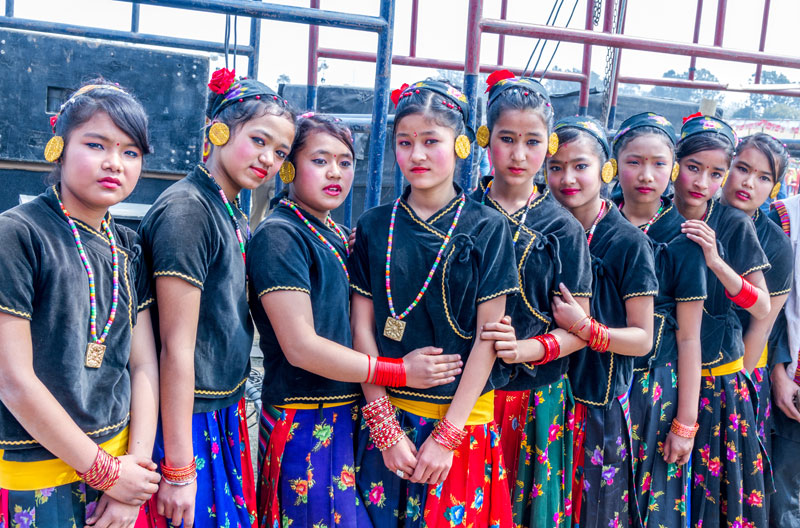
Italian Culture
Italian people consider food as a means of maintaining family unity and relationships. That is why they eat food with their family or friends.
Pizza, pasta, risotto, lasagna, bread, cheese, Milanese dishes, margarita, and wine are important Italian foods and drinks. For Italians, eating food is not only a medical necessity but also a social necessity. It is essential for them to eat with family or friends.
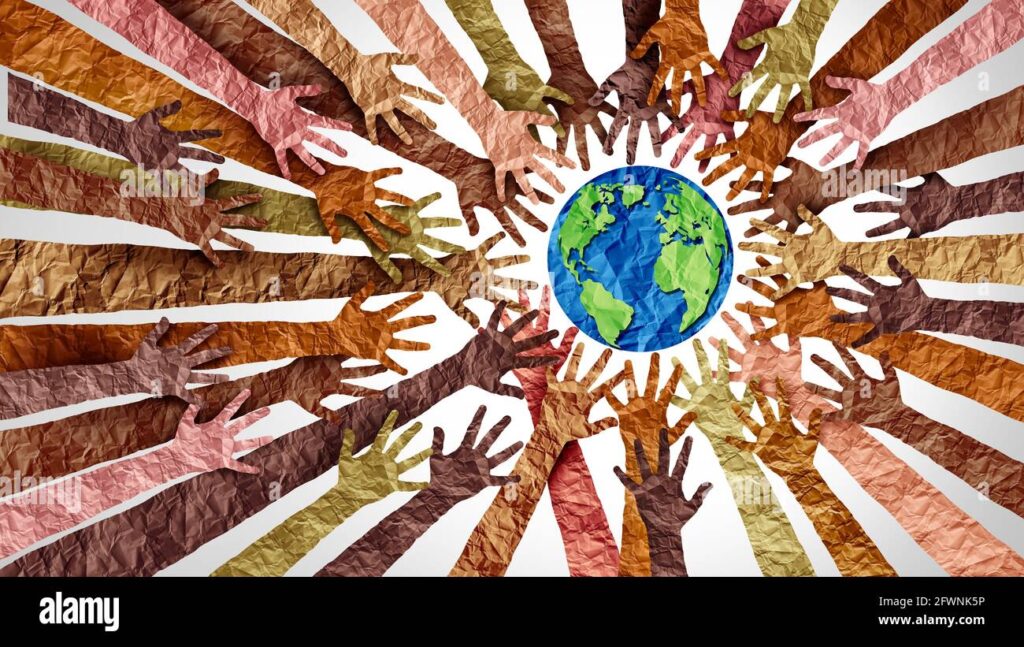
Italians celebrate wedding ceremonies for several days. During these celebrations, people serve different dishes with wine. They also perform a cultural dance called La Tarantella. In addition, someone breaks a glass in front of the bride and groom.
On All Saints’ Day, everyone attends the cemetery.
Greek Culture
The Greek culture still includes many customs that have continued since ancient times. Like Italians, Greeks also like to eat food with family and friends. In their culture, people call wine ouzo.
The world recognizes the quality of Greek food at the international level. Greek cultural dishes include moussaka, souvlaki, tzatziki, garlic dishes, and baklava. At Greek weddings, people perform the Kalamation and Syrotes dances.
During funerals, they embalm the body. A sweet dish called Koliva is prepared and distributed for 40 days.
Spanish Culture
Spain is known for its celebrations and enthusiasm. The people here are fond of folk dance. The Spanish Flamenco dance is unique. It expresses excitement, joy, and pain.
Spain is also famous for its tomato festival La Tomatina, in which people throw tomatoes at each other. Another unique festival is the Running of the Bulls, which is popular around the world.
Paella and tapas are important dishes in Spanish cuisine. Wedding rituals follow a religious Christian method. Traditionally, the bride sits on a chair, receives sweets, and they pour wine on her. During funerals, families distribute sweets at the grave.
German Culture
German culture is full of traditions.
Oktoberfest
This is the world’s largest beer festival, where millions of people gather. They dress in traditional cultural clothing.
Christmas Markets
This winter festival takes place beside churches, where people serve sweets and wine.
Wedding Customs
Poltersbend: Before any wedding, people gather to break old pots. They believe this act drives away evil spirits.
Baumstamm Sagen: In this ritual, the bride and groom cut a piece of wood together. It symbolizes living together in sorrow and happiness.
Death Customs
German funerals follow unique traditions.
Totensonntag: On this day, people pray at the graves of the deceased on Sunday.
Russian Culture
Banya
Bathing in hot water symbolizes purity.
Bread and Salt
They give bread and salt to guests. This is considered a ritual of brotherhood.
Matryoshka Dolls
People exchange wooden dolls. They symbolize family.
Maslenitsa
People light large bonfires to welcome autumn.
Wedding Rituals
Na Zdravie: During this ritual, people drink alcohol, chant slogans, and pray.
Funeral Rituals
Vigil: Families keep the body at home for three days so that the living can visit.
Candles and Icons: They light candles on the body.
Forty-Day Memorial: People perform rituals for the deceased for forty days.
Kolivo: Families serve a sweet meal in memory of the deceased.
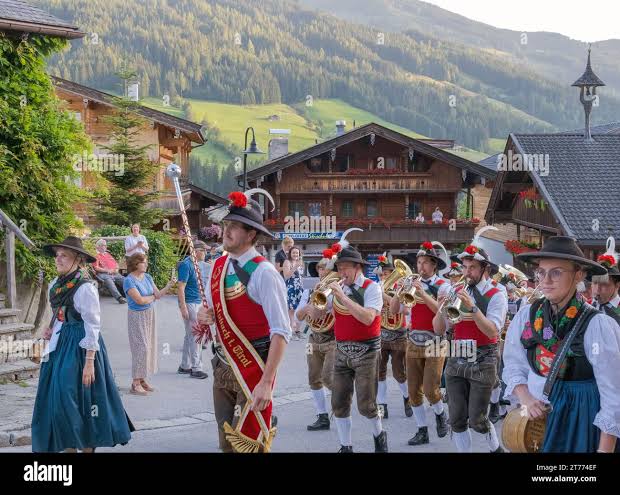
American Culture
American culture includes many traditions and beliefs.
Prom Dance
Students dance on the last day of school. It has become a cultural tradition.
Thanksgiving Day
Families gather and eat together as a ritual of gratitude.
Baby Shower
People organize a party for the mother before the baby is born. They give her gifts.
Wedding Rituals
Something Old, Something New, Something Borrowed, Something Blue: Couples follow this tradition at weddings.
Unity Candle Ceremony: The groom and bride light a large candle. It symbolizes their life together.
Bride Toss: The bride throws her bouquet to unmarried women. People consider catching it lucky.
Funeral Rituals
Open Casket Funeral: Families keep the body open for viewing.
Celebration of Life: Families celebrate the life of the deceased with joy. They prepare the favorite dishes of the person.
African Culture
Different communities in Africa have different cultures. Every African ritual begins with music and dance.
Wedding Customs
Masai: During the wedding, the groom’s father spits on the bride. This is considered a sign of blessing.
Zulu: The bride slaughters animals, especially cows, and feeds the guests.
Niger and Wodaabe: Men dance to impress women.
Funeral Customs
Madagascar Turning of the Bone: Families remove the bones of the dead, dress them in clothes, and celebrate.
Some communities also follow the strange ritual of mummifying the dead.
Japanese Culture
The Japanese culture values respect and order.
Tea Ceremony
They show hospitality by serving tea.
Kimono
People wear traditional clothes.
Hanami (Cherry Blossom Viewing)
They celebrate spring by gathering under blossoms.
Wedding Customs
San-san-kudo: The groom and bride drink three cups of wine.
Shiro-muku: The bride wears a white dress.
Death Rituals
Kotsuage: After cremation, families collect the bones in a pot.
Otsuya: They light lamps all night near the deceased and pray.
Kaimyo: Buddhist monks give the deceased a new name.
Indian Culture
Indian culture is multifaceted and unique. Many religions and communities exist here. With different races and traditions, the culture has many colors.
Holi: On this day, people throw colors on each other and perform rituals. This tradition may have started in the Indus Valley Civilization as homage to Mother Earth.
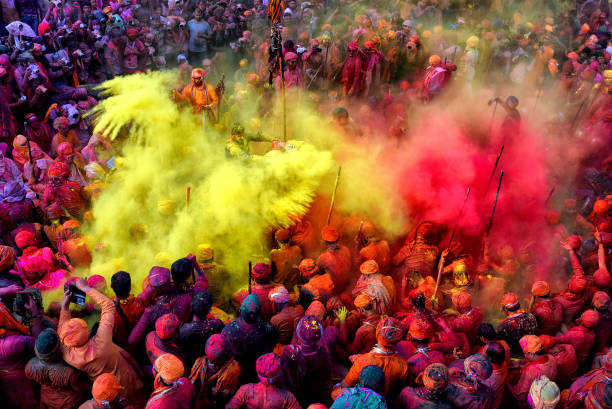
Rakhi: In this ritual, a sister ties a thread on her brother’s hand and prays for his well-being.
Wedding Rituals
The bride and groom perform seven rounds. The bride also bows at the husband’s feet. Families prepare large meals for the guests.
Death
People burn the body on a pyre. In some places, people cremate the body in other ways.
Sindhian Culture
Sindh is the heir of the Indus Valley Civilization. It has a thousand-year-old culture. Music, dance, and alcohol are important parts of Sindhi traditions.
Festivals
Holi, Rakhi, and Thodori are cultural rituals of Sindh.
Wedding
Sindhis celebrate weddings as large events. Families also perform rituals of bathing.
Death
People burn or bury the body. Families place Ajrak and items of respect on the body.
Australian Culture
During both pre-colonial and post-colonial times, many European communities settled in Australia. Therefore, the culture is a mixture of different races.
Wedding
People perform weddings in the Christian style, similar to Europe.
Death Rituals
In most cases, people bury the body in Christian tradition.
Kailash Culture
The Kailash culture is beautiful, like the Himalayas and the Sindh Valley. Their religion is animism.
People of the Kailash community wear beautiful clothes.
Marriage
If a boy or girl likes someone, they inform the relatives. Families arrange a meal and a program for the wedding.
Festivals
Chilam Joshat: A celebration of the harvest season. Similar to Holi in India and Sindh.
Ochal: A celebration of harvesting joy.
Choums: The biggest festival, celebrated with music, dance, and wine.
Death
After death, families place the body in a coffin. People sing and dance over it.
Chinese Culture
Chinese culture is thousands of years old, full of traditions that continue today.
Marriage
People gather to celebrate weddings. In some regions, the groom cries before marriage. People see crying as a loving and positive act.
Death
After death, families keep the body in the house for some days so relatives can visit. Then families cremate the body. During this time, they burn paper items as offerings.
Common Cultural Elements of the World
Despite differences, many cultures share similar values.
Family: Every culture gives importance to family. Families consider the presence of family essential at marriages and funerals.
Music, Dance, and Alcohol: These elements exist in almost every culture across nations.
Writer; GM Leghari

